English
At Byker Primary School, we believe that literacy and communication are key life skills and that it is our role, through our broad and rich curriculum, to help children develop the skills and knowledge that will enable them to communicate effectively and creatively with the world at large, through spoken and written language. Through a love of reading that is shared across our school, we strive to ensure all children enjoy and appreciate literature and its rich variety.
Our curriculum drivers are the foundations for learning at Byker Primary School. We are driven by the shared belief that, in order to achieve success, children need to understand their place in the world, broaden their horizons and aspire to achieve. Through carefully chosen shared texts across school, and a strategically planned English curriculum, we ensure our children leave primary school with a solid foundation in the spoken and written word, having had the opportunity to master these essential life skills.
As a school, we aim to promote high standards of language and literacy by equipping children with a strong command of the spoken and written word, and to develop their love of literature through widespread reading both across the curriculum and at home. As a school, we aim to ensure that all pupils aspire to achieve and are therefore able to:
-
read easily, fluently and with speed
-
develop strong comprehensions skills so that children can draw on mental models to make sense of what they have read
-
develop a love of reading and the habit of reading widely and often, for both pleasure and information
-
acquire a wide vocabulary, an understanding of grammar and knowledge of linguistic conventions for reading, writing and spoken language
-
appreciate our rich and varied literary heritage
-
write clearly, accurately and coherently, adapting their language and style in and for a range of contexts, purposes and audiences
-
use discussion in order to learn; they should be able to elaborate and explain clearly their understanding and ideas
- are competent in the arts of speaking and listening, making formal presentations, demonstrating to others and participating in debate.
Shared texts across school allow children to explore their place in the world and broaden their horizons by experiencing, through rich stories, a vast array of different cultures and beliefs.
At each Key Stage, a detailed programme of study sets out what pupils should be taught. Lesson content is based on the National Curriculum for England (2014).
The programmes of study for reading at key stages 1 and 2 consist of two dimensions:
- Word reading
- Comprehension (both listening and reading)
The programmes of study for writing at key stages 1 and 2 are constructed similarly to those for reading:
- Transcription (spelling and handwriting)
- Composition (articulating ideas and structuring them in speech and writing)
Spelling, vocabulary and grammar are embedded within our programmes of study. Opportunities for teachers to enhance pupils’ vocabulary arise naturally from their reading and writing and, as a school, we provide rich learning experiences where children’s reading, writing, spelling and grammar flourish.
The National Curriculum for English reflects the importance of spoken language in pupils’ development across the whole curriculum – cognitively, socially and linguistically. Spoken language underpins the development of reading and writing and, as a school, we promote these key skills both within English teaching and across the curriculum.
Phonics Programme and Reading Schemes in Early Years and KS1
At Byker Primary we use ‘Read, Write Inc.’ for the teaching and learning of phonics. This is a structured approach that takes children through their phonics learning from teaching children sets of sounds and the letters that represent them, how to form the letters and then blend them to read words. The books that children read in school contain the sounds they’ve already learned, so children learn quickly and confidently.
First your child will learn to read:
- Set 1 Speed Sounds (sounds written with one letter): m a s d t i n p g o c k u b f e l h r j v y w z x and sounds written with two letters (your child will call these ‘special friends’): sh th ch qu ng nk ck
- Words containing these sounds, by sound-blending, e.g. m–a–t mat, c–a–t cat, g–o–t got, f–i–sh fish, s–p–o–t spot, b–e–s–t best, s–p–l–a–sh splash
- At school, they will read Read Write Inc. Phonics Sound Blending Books
Whilst they are practising reading stories with words made up of Set 1 Speed Sounds, your child will also learn to read:
- Set 2 Speed Sounds: ay ee igh ow oo oo ar or air ir ou oy
- Words containing these sounds
- At school, they will read Read Write Inc. Phonics Storybooks.
Whilst they are practising reading stories with words made up of Set 1 and Set 2 Speed Sounds, your child will also learn to read:
- Set 3 Speed Sounds: ea oi a–e i–e o–e u–e aw are ur er ow ai oa er ire ear ure
- Words containing these sounds
- At school, they will read Read Write Inc. Phonics Storybooks.
You can find a useful phonics audio guide to all these sounds on the Read, Write, Inc Phonics made easy page.
Phonics screening guide for parents
At the end of Year 1, all children have to undertake the Year 1 Phonics Screening. Working 1:1 with their teacher, children will read 40 words, some of which are real and some of which are pseudo words (nonsense/’alien’ words) containing the 40+ phonemes they have learnt throughout Early Years and Year 1. Children will receive a mark and parents will be notified at the end of the year if this meets the expected standard. Those children who do not will receive extra phonics support in Year 2 and will take the screening at the end of the following year.
